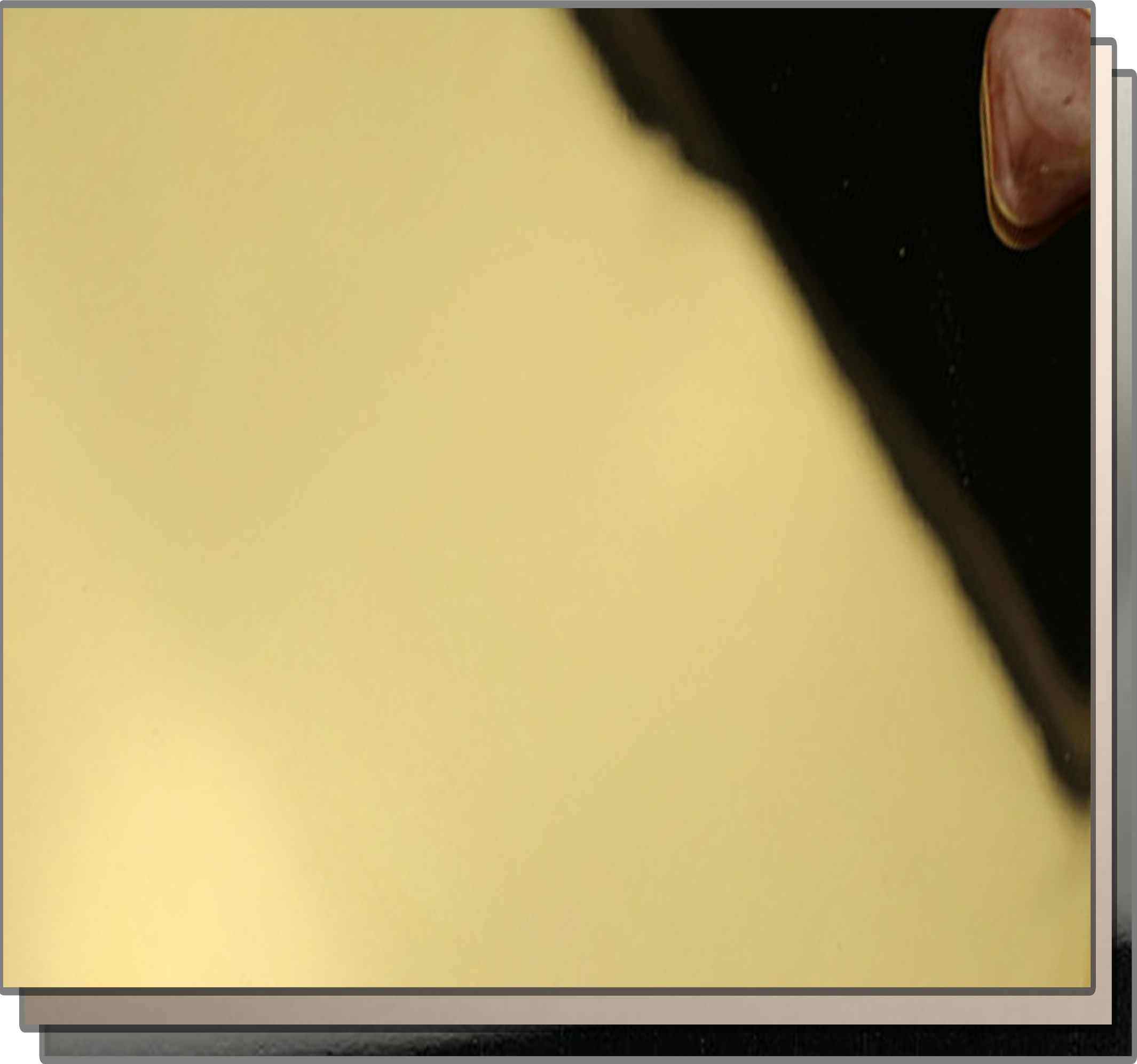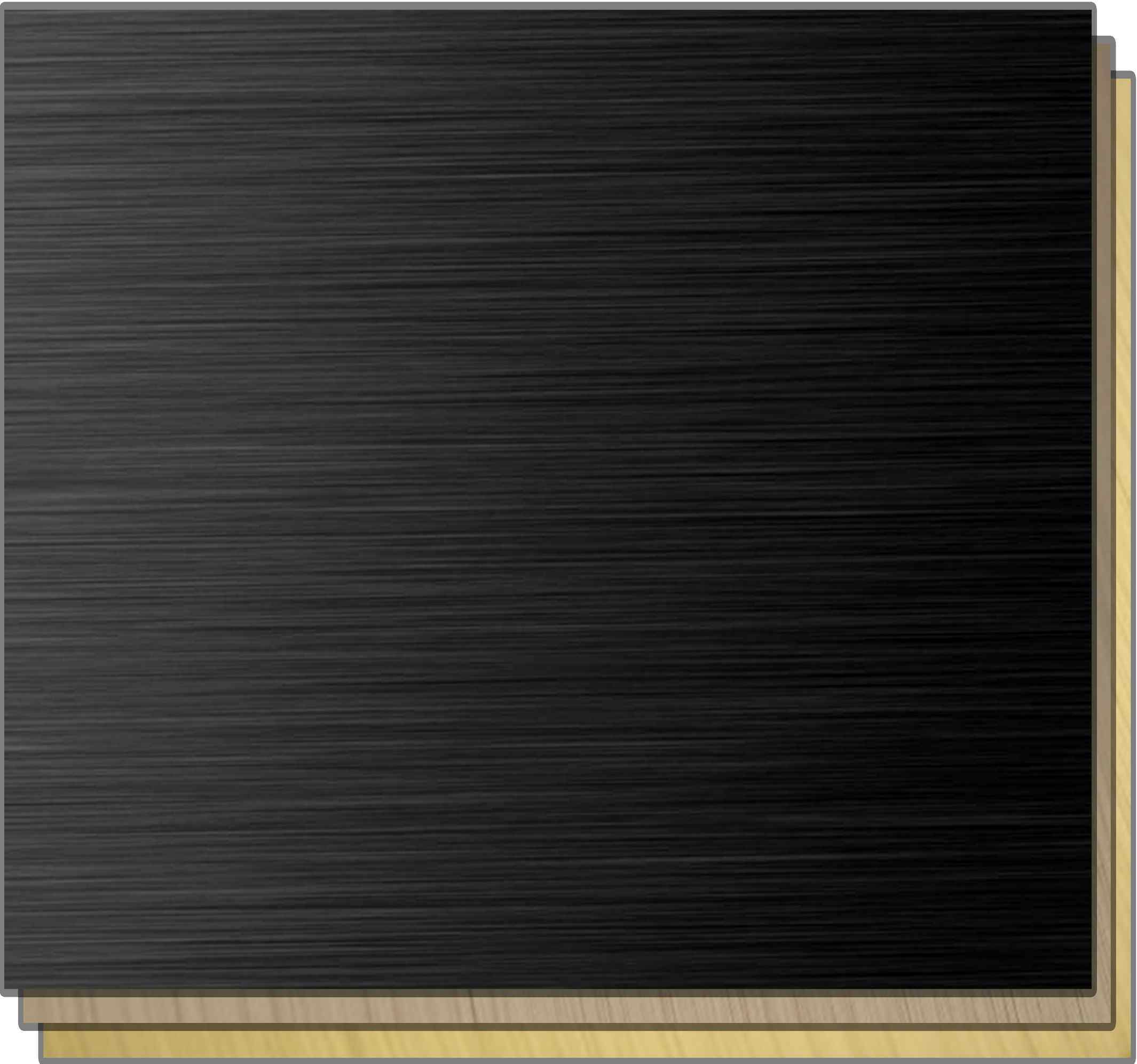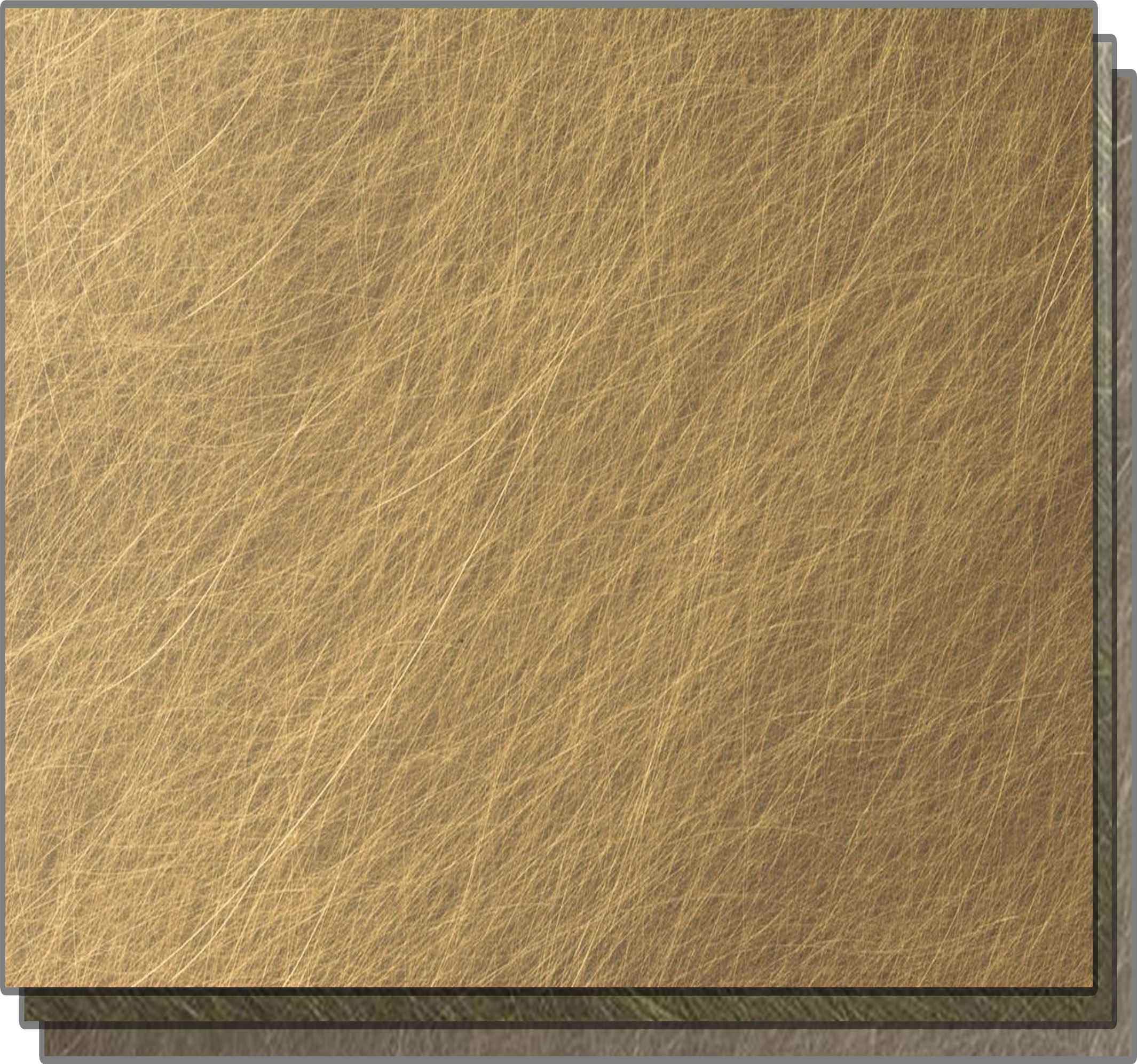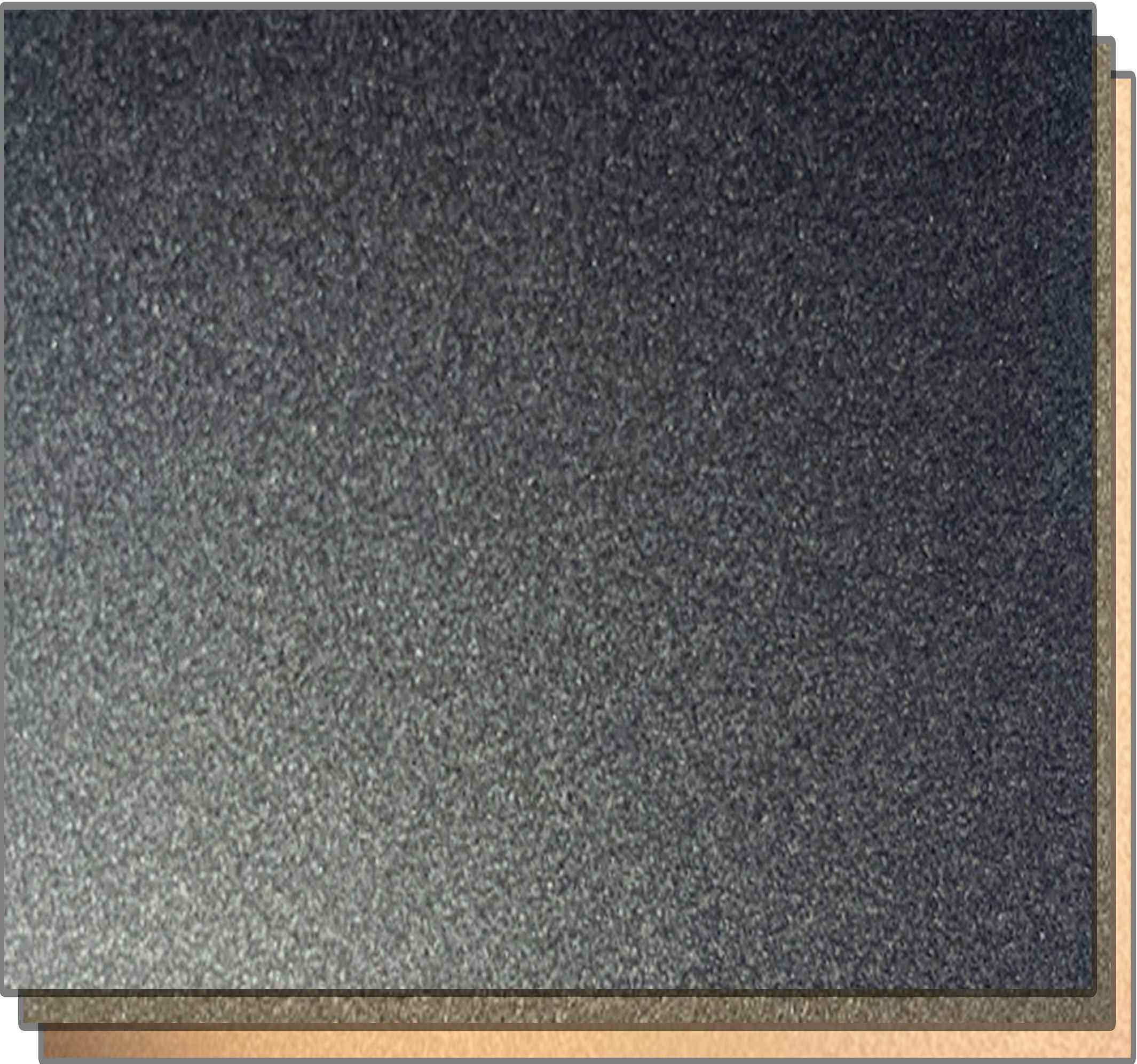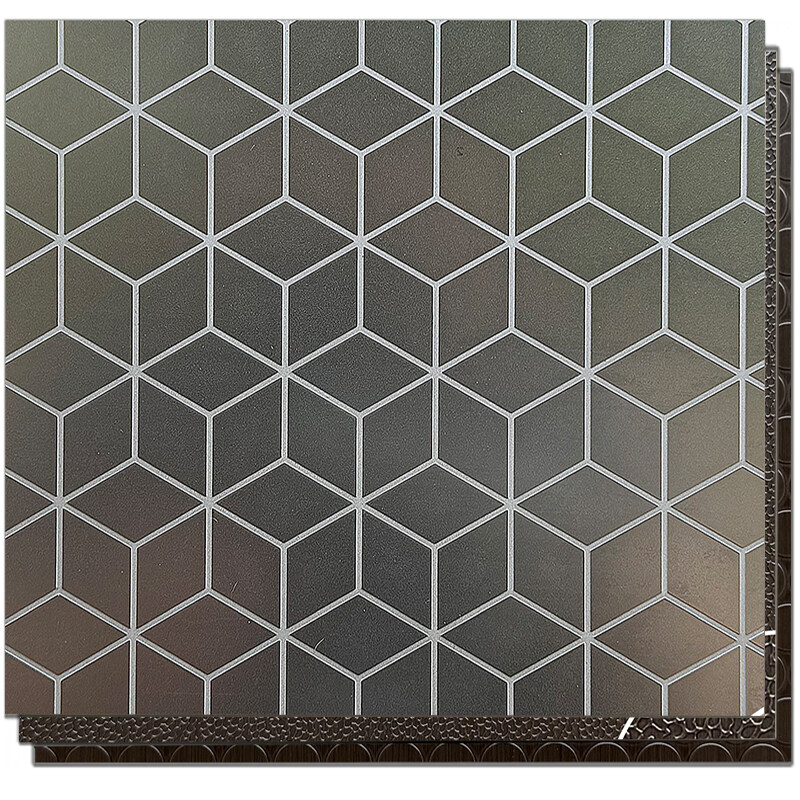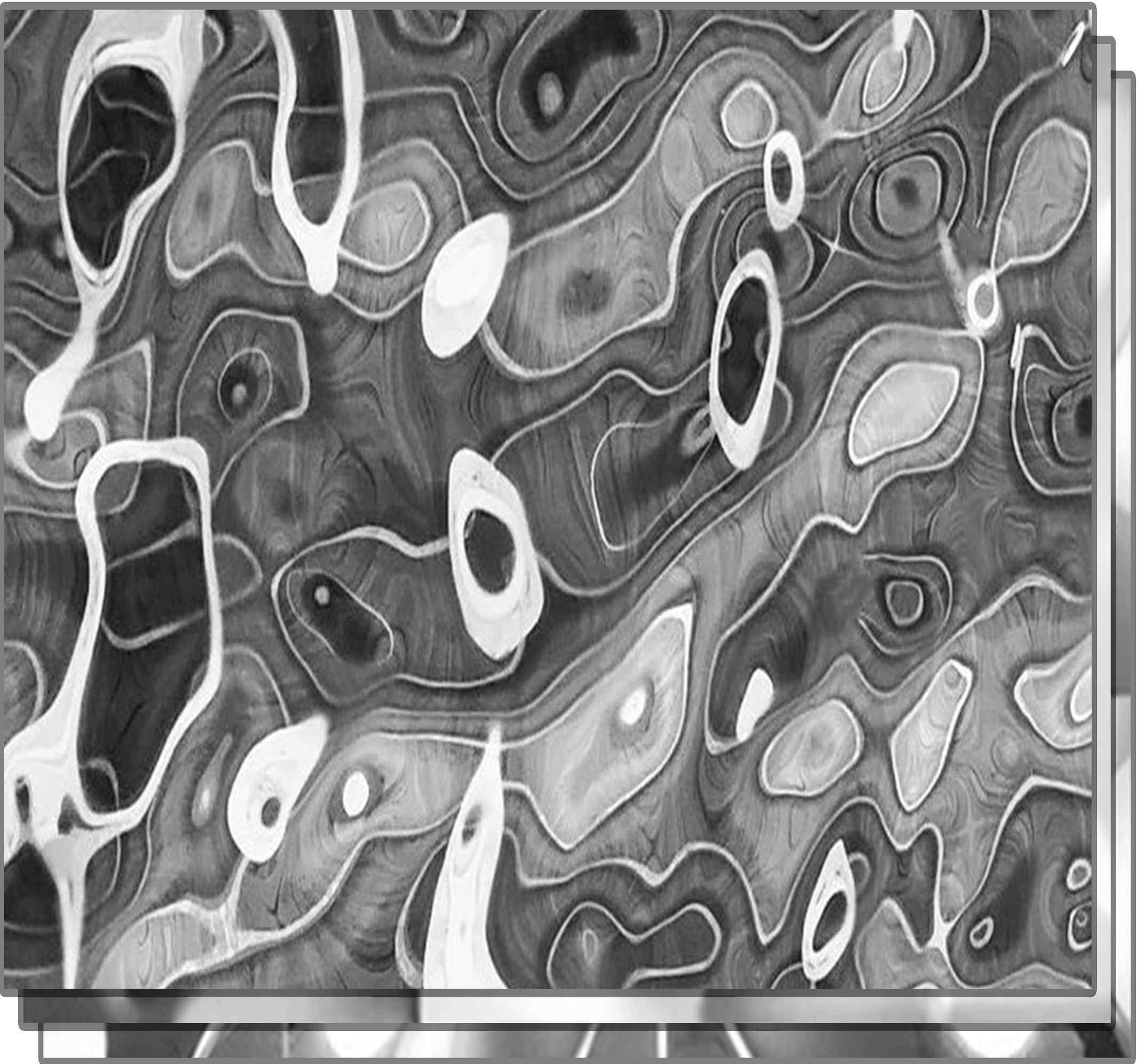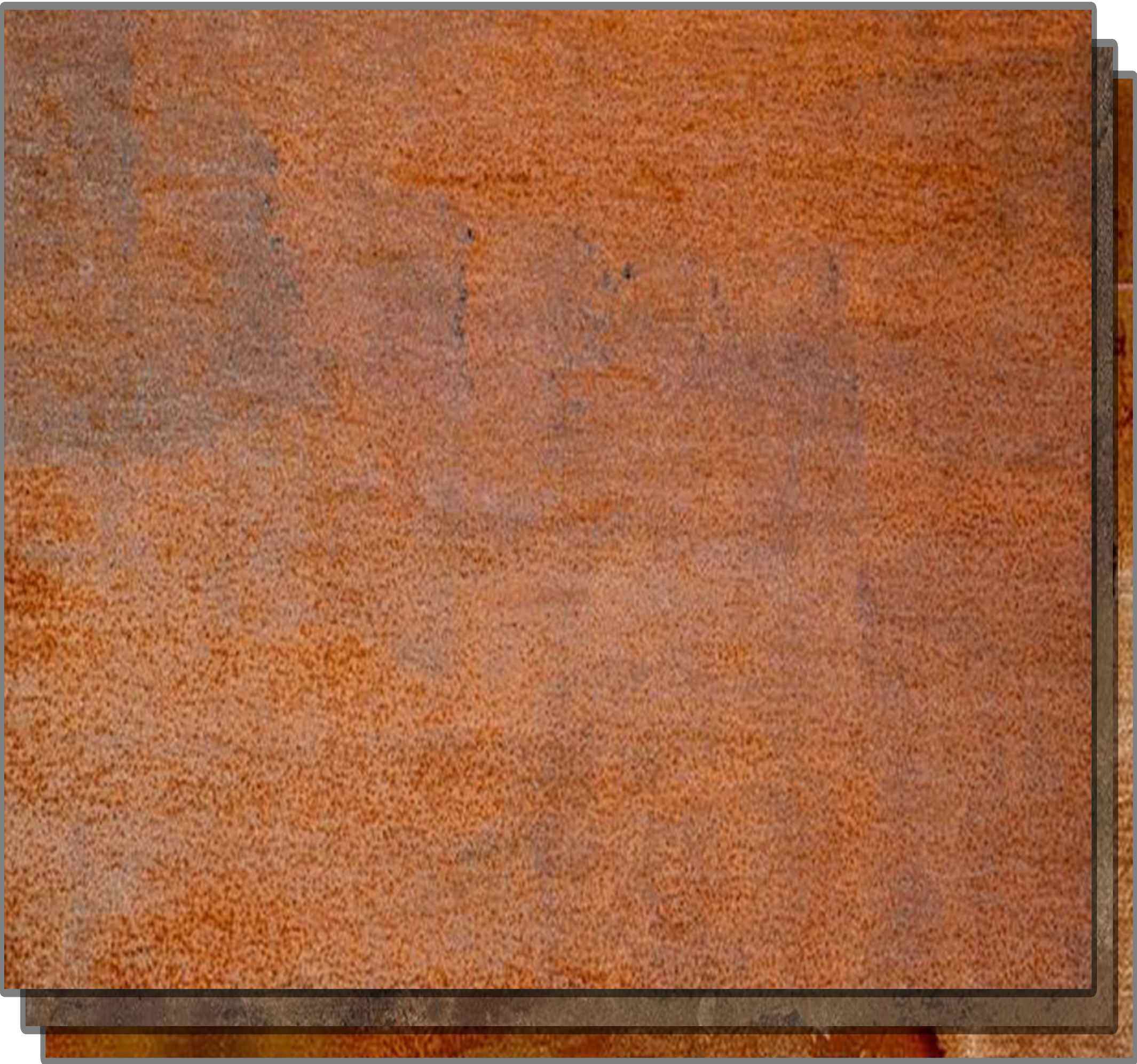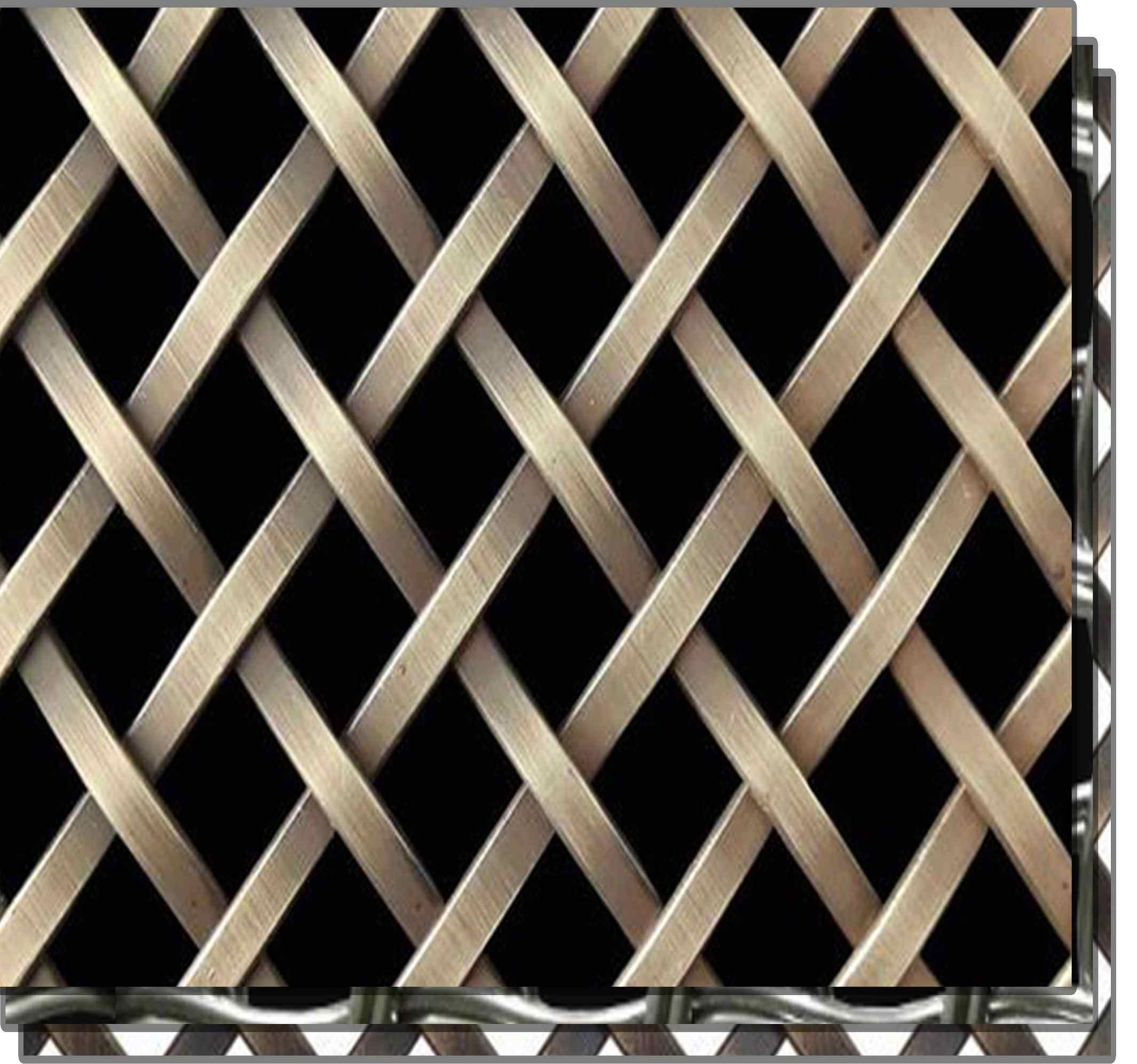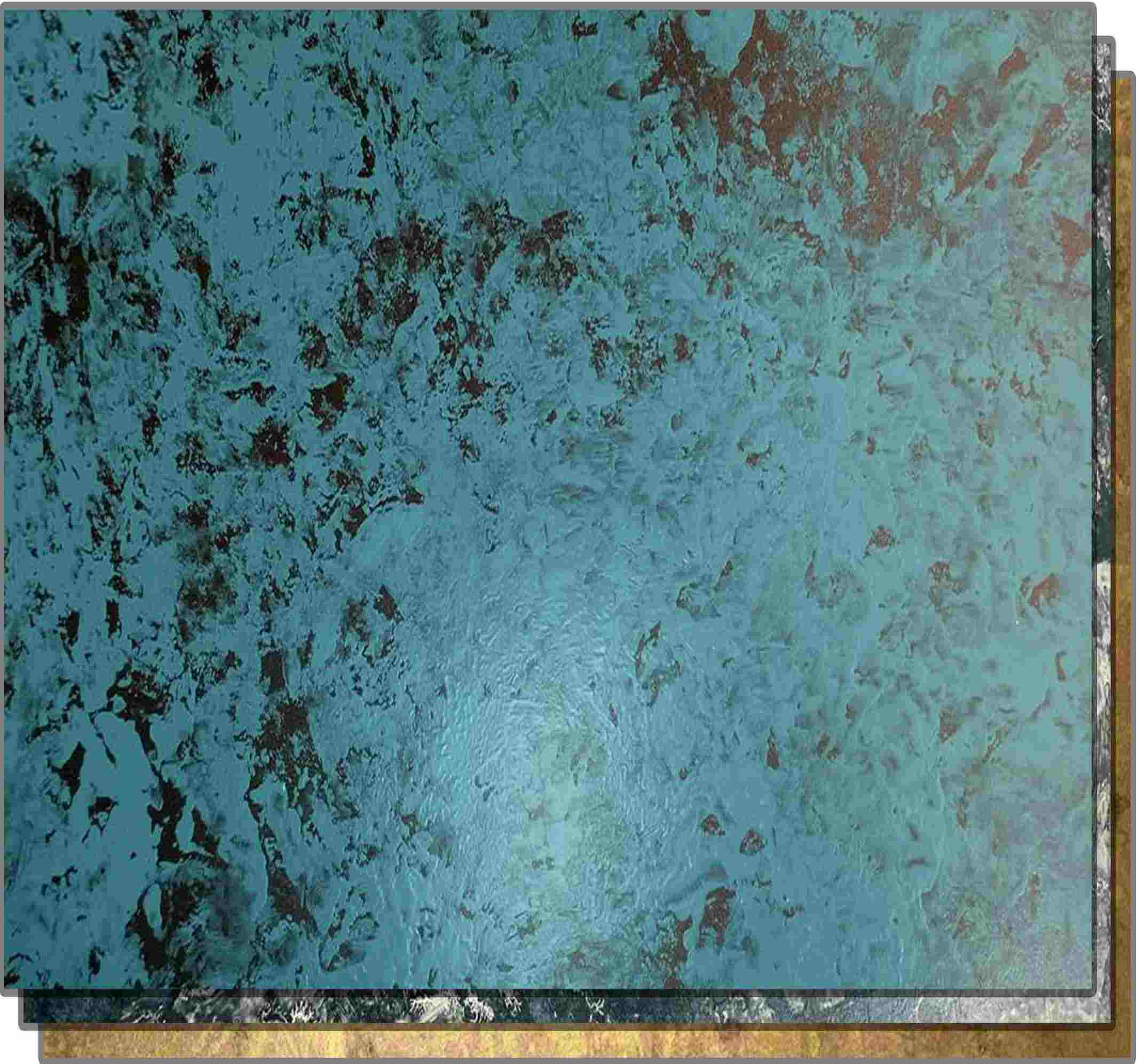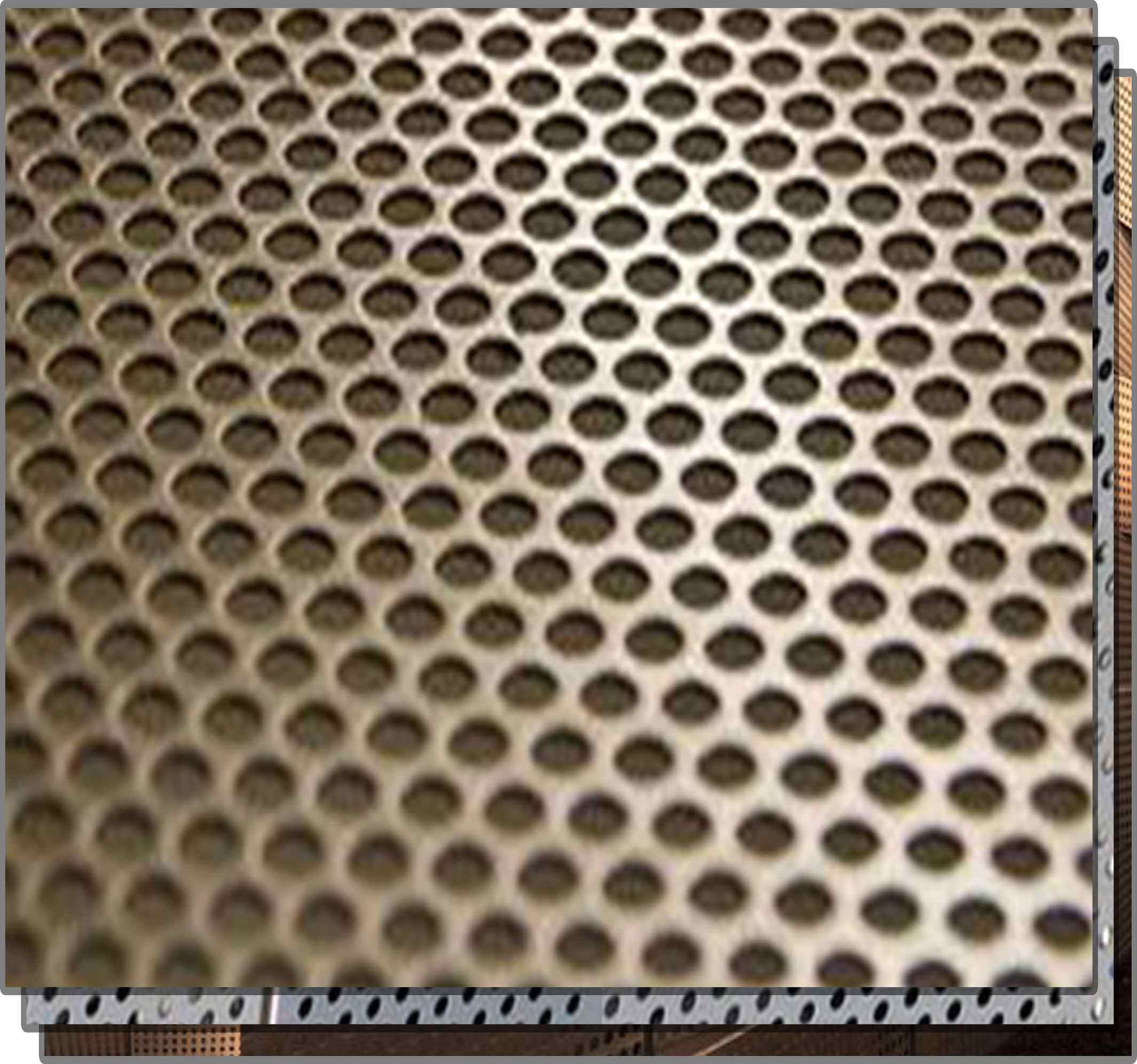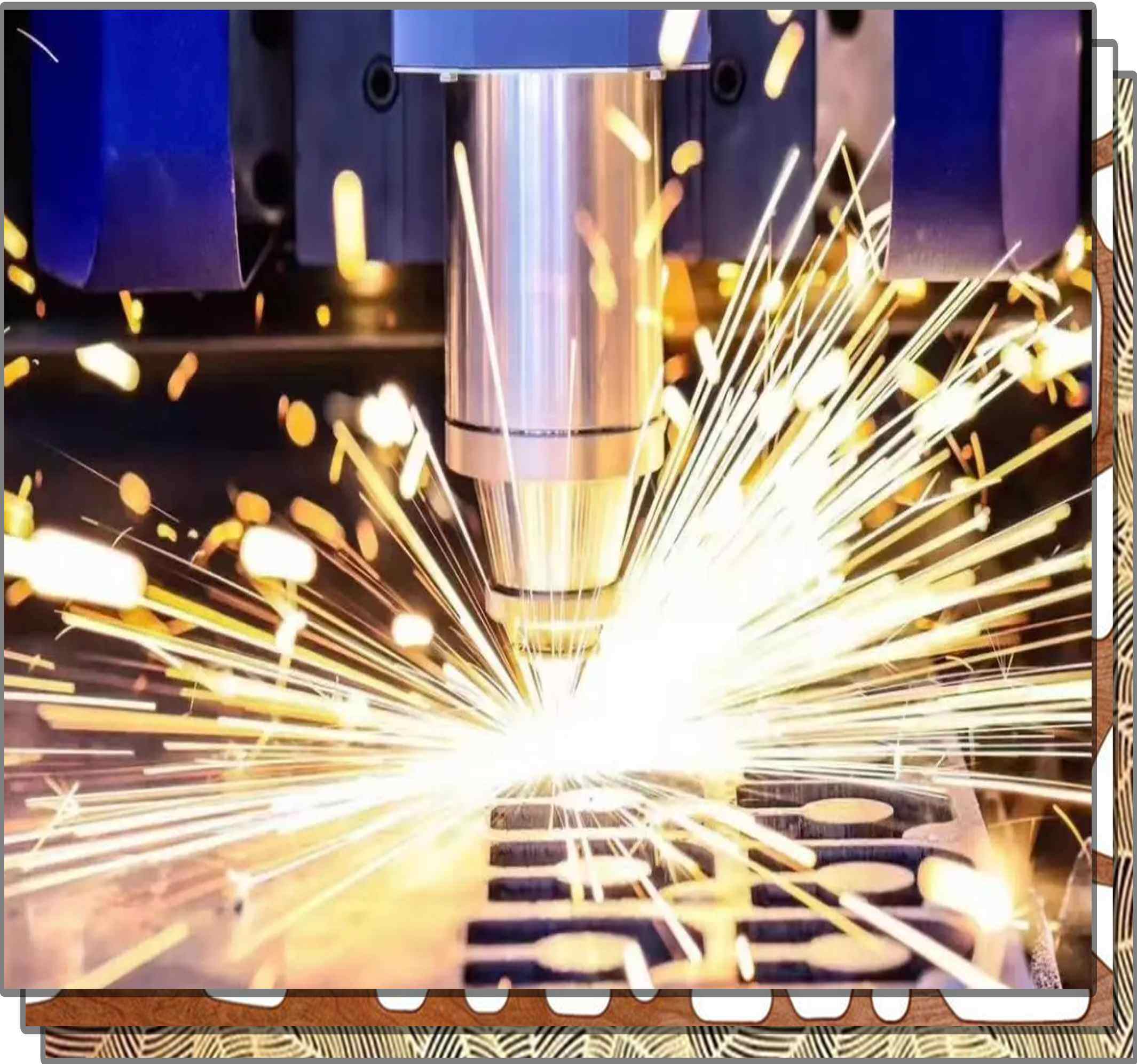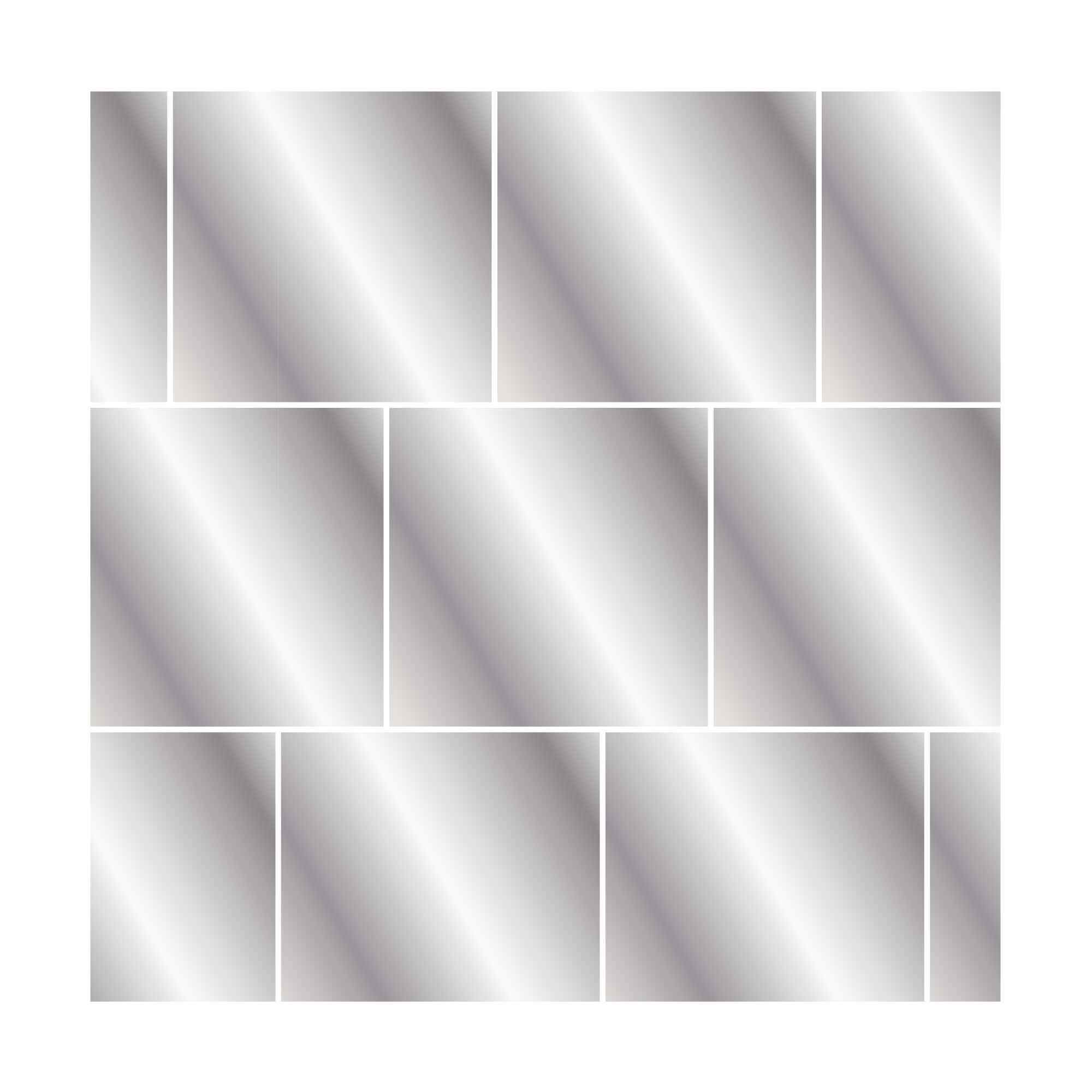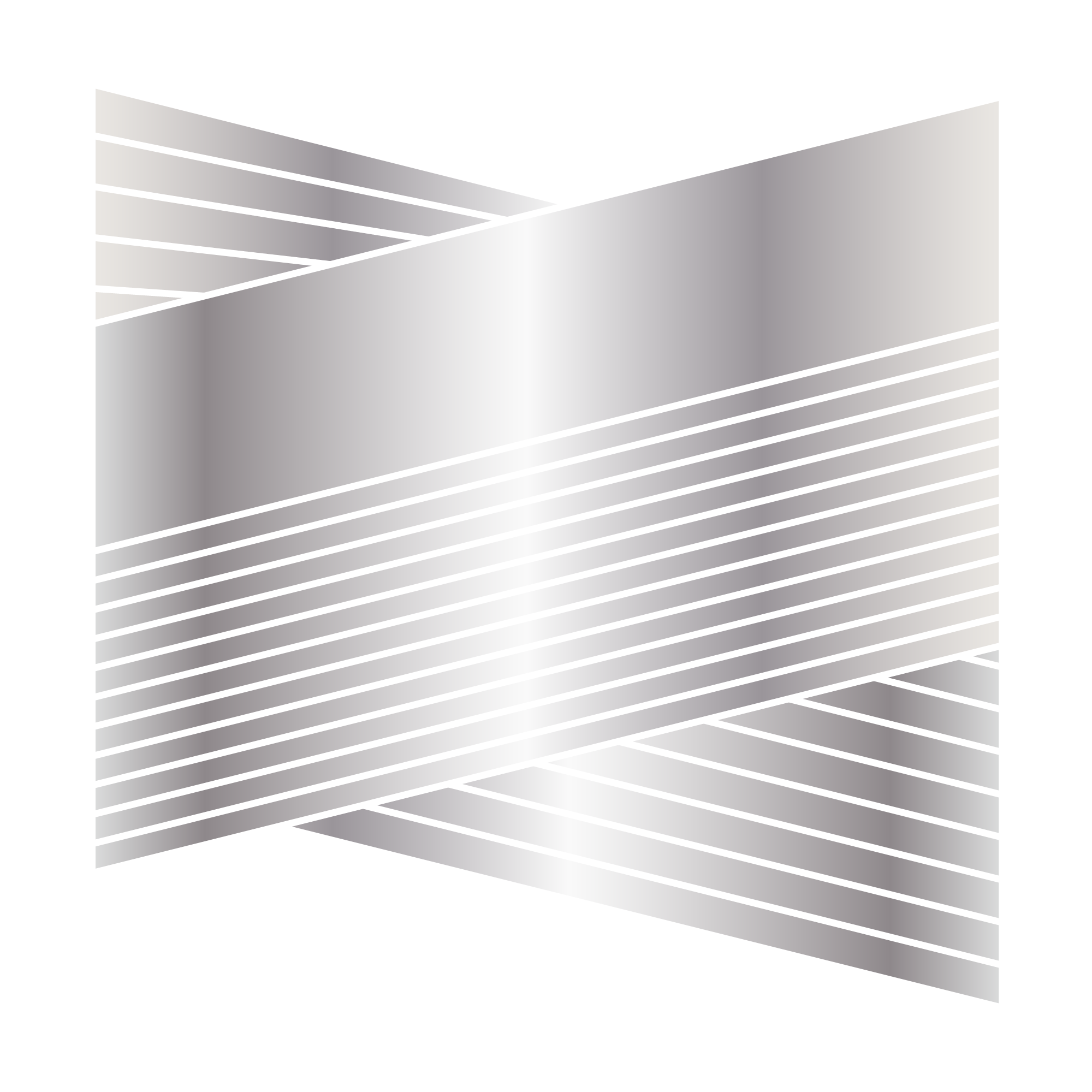With the growing demand for stainless steel anti-slip sheets, the variety of patterns and materials has also increased. So, how do you select the right stainless steel anti-slip sheet? Let’s explore the key considerations together.
Primary Function of Stainless Steel Anti-Slip Sheets
The main purpose of stainless steel anti-slip sheets is to provide slip resistance. These sheets are widely used in locations such as subway platforms, vehicle interiors, home elevators, workshops, and the shipbuilding industry.
Before making a detailed selection, it's crucial to understand the intended application of the anti-slip sheet. This helps in identifying the suitable material, as different environments require varying levels of rust resistance, corrosion resistance, and heat tolerance. Consulting with reputable stainless steel suppliers can ensure you get the best material for your specific needs.

Selection Guidelines
-
Chemical Plants:
- Use anti-slip sheets made from 304 stainless steel for good corrosion and rust resistance.
- For highly corrosive environments, 316 stainless steel is recommended.
-
Large Industrial Equipment:
- Opt for thicker, cast-formed stainless steel anti-slip sheets to withstand significant pressure.
-
Workshop Floors:
- Typically, herringbone-pattern anti-slip sheets are used. The cross-hatched texture enhances slip resistance.
-
Subway Platforms and Long-Distance Buses:
- Consider using rice grain or woven pattern stainless steel anti-slip sheets. These patterns not only provide excellent slip resistance but also add aesthetic value.


Additional Enhancements
Before processing, the surface of stainless steel anti-slip sheets can undergo brushing to further improve their slip resistance. Reaching out to experienced stainless steel suppliers can provide you with additional treatment options tailored to your requirements.
Common Thickness Range
The standard thickness range for stainless steel anti-slip sheets is between 1.0mm and 5.0mm. These sheets are widely used in food processing, chemical, pharmaceutical, shipbuilding, automotive manufacturing, and other mechanical equipment. They are particularly suitable for humid, greasy, and corrosive environments, as well as indoor and outdoor stairs, walkways, and corridors for their slip resistance and aesthetic appeal.
Advantages of Stainless Steel Anti-Slip Sheets
- Excellent Slip Resistance: The precision perforations on the surface provide superior grip, even in wet or greasy conditions.
- Strong Corrosion Resistance: Stainless steel’s inherent resistance to corrosion makes it ideal for long-term use in harsh environments.
- Ease of Installation: These sheets can be directly welded onto equipment or carts, making installation simple and convenient.
- Aesthetic Appeal: The smooth, polished surface of stainless steel anti-slip sheets meets modern industrial design standards for both functionality and appearance.
FAQs
Q: Are the back sides of stainless steel pattern plates smooth?
A: Stainless steel pattern plates can be categorized into decorative pattern plates and anti-slip pattern plates. Here, we are discussing stainless steel anti-slip pattern plates.
Q: What is the common thickness for stainless steel anti-slip sheets?
A: The common thickness range is between 1.0mm and 5.0mm.

Explore our comprehensive collection of stainless steel anti-slip solutions today. Visit our official treadplate exclusive page at
https://www.hndecometal.com/product/textured-sheet-metal.html
to learn more about our extensive range of patterned grain designs. Start enhancing your projects with the best in metal craftsmanship by collaborating with top stainless steel suppliers.

For more information about the production process of our stainless steel skid plate, please visit our YouTube channel using the link above (https://youtu.be/EYzXUQ_0dSU). We have uploaded a video that details the production process. We hope this video will help you visualize the production process more concretely.


